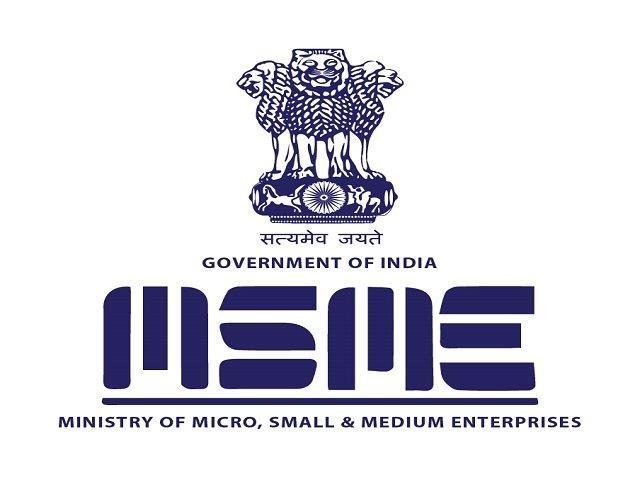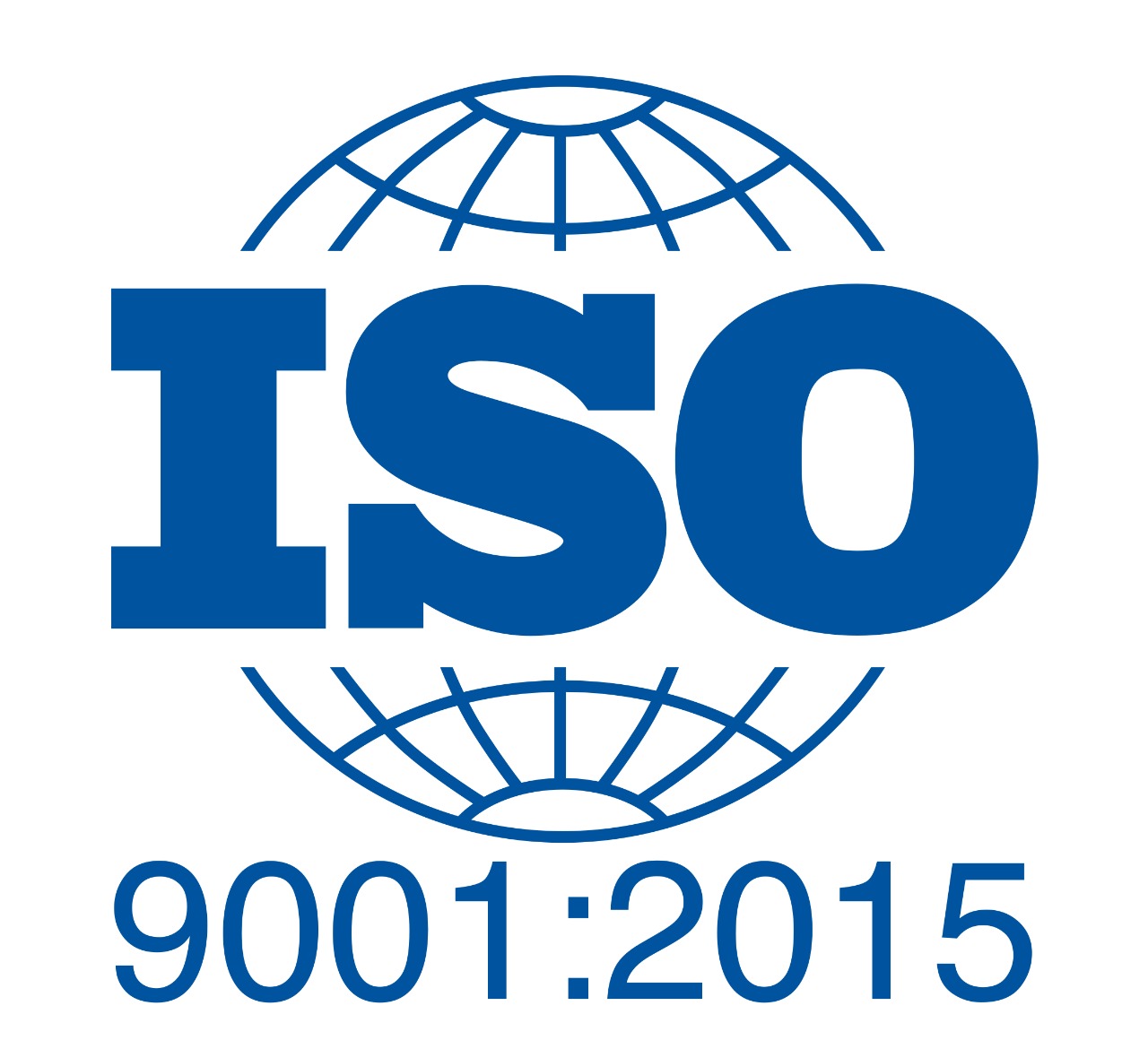
In an exclusive interview with Apace Digital Cargo; Vipin Vohra, Chairman, Continental Carriers talks about the post pandemic strategy – from innovative solutions to concentration on pharma sector. He talked in length about the focused areas, expansion plans and how the initiatives launched by the government like Gati Shakti, can boost their plans. Continental Carriers launched ‘ContiCool’ cold chain solution to manage the global future pharma demand and the company is all set to launch soon India’s first Greenfield air freight station, which is one of the major initiatives towards controlling logistics costs, he shares. Excerpts from his interview –
To begin with, post pandemic, how has the freight forwarding industry flourished and how has been the journey so far for CCPL?
Post covid 19 scenario for domestic air cargo is quite promising. Since 2020, logistics firms have made many strategic changes, adopted innovative solutions & new technologies to tackle the pandemic situation and to maintain growth in the post covid time. We are sure that, in the future, the above initiatives will provide great growth opportunities for the domestic and international air cargo industry. It has always been about survival of the fittest for any business, this has become more suitable during Pandemic 1.0 and 2.0, those who invested in manpower, technology and infrastructure are managing well in comparison to others. In the first wave only, CCPL started planning for long term changes in the company so as to remain prepared for the situation like Covid-19. We started concentrating on Pharma shipments, made expansions in the cold chain segment, launched ‘ContiCool’ cold chain solution to manage the global future pharma demand, and added manpower to manage the staff crisis.
What is CCPL’s post pandemic strategy? What are the focussed areas and expansion plans?
We are constantly working to reduce costs through innovative solutions and provide the best possible service to our customers. We have always strived for accurate and near real-time visibility of forecasts, orders, shipments, inventory, and locations to improve business performance, and we have invested heavily in technology, digitization, and skilled workforce to that end. In the same context, we are about to open one of India’s first greenfield air freight stations, where Customs Clearance, Cargo Consolidation, and Palletization will all take place at the AFS facility, and goods will be delivered in pallets ready to load on planes at Delhi Airport.
Being associated and working closely with the government, how do you see initiatives taken by the government for the freight forwarding community, specially Gati Shakti?
Make in India and self-reliance India are already showing positive results. Manufacturing facilities are expanding and many foreign investors are showing interest and approaching with know-how sharing. The Indian government’s Gati Shakti project is likewise highly admirable, with the implementation of Gati Shakti, relevant project data will be compiled in one place through GIS (Geographic Information System) based spatial planning and analysis tools, enabling better visibility. I am sure that it will have fruitful outcomes.
What kind of growth is anticipated with the implementation of Gati Shakti?
In order to boost the economy’s growth, Gati Shakti strives to bridge infrastructure gaps between diverse sectors. Logistics will be made simpler by a comprehensive and integrated transportation connection strategy, which will also benefit current connectivity and upcoming developments.
In India, the overall logistics costs remain high as compared to global standards. What are the reasons? How can the costs be reduced? What measures are needed from the industry players as well as from the government?
The main reasons for high logistics costs in India are poor infrastructure, dependence on road transport, high handling charges, slow digital adoption, slow policy implementation, shortage of skilled manpower, and fluctuation in fuel prices due to external global factors such as natural calamities, COVID-19, and the Russia-Ukraine war.
There is no shortcut to reducing logistics costs. It is a continuous process as we need to invest in technologies such as warehouse automation and real-time tracking. Collaboration is another way out. By collaborating with a resourceful big logistics player, a smaller logistics company can gain access to real-time visibility, fewer handling charges, and cost-effective last-mile delivery options. India’s first greenfield air freight station, which CCPL is about to launch soon, is one of the major initiatives towards controlling costs. Here, Customs Clearance, Cargo Consolidation, and Palletization will all take place at the facility, and goods will be delivered on pallets ready to be loaded on planes at Delhi Airport. Air Freight Stations will transform the air cargo landscape in India by reducing airport terminal congestion and dwell time, increasing efficiency, and maximising the utilisation of existing capacity, all while lowering logistical costs. In order to take advantage of policies, the government should work to put them in place as soon as possible.
E-commerce and digitalisation are the trends of the industry. Even “Digital freight forwarder” is the latest term to be used. What do you have to say on this? How will it impact the traditional freight forwarding? How to cope with the changing trends in the industry?
Pandemic has made all appreciate the importance of automation and digitalization Digitalization is a significant aspect of an efficient, simplified, and transparent logistics process. It has the potential to change the way cargo movement can be organised and managed in the future. Automation, digitization, and artificial intelligence must all be used in combination to deliver the most cutting-edge solutions to customers. Industry players have been making an investment in digitisation because it makes supply chain processes convenient, manageable and cost-effective.
What are the key trends you see in the freight forwarding industry?
The rise of Ecommerce, last-mile delivery, flexible, cost-effective, and transparent risk management strategies, strong supply chain network, digitalization, and a strong automated warehouse network are among the latest trends and practises in the Indian logistics sector.
At last, 24th FFFAI Biennial Convention is happening in Chennai from August 12-14, 2022; how do you see the convention taking place after the pandemic situation?
This is overwhelming to see things going back to normal post pandemic. Even though virtual platforms kept us connected all through the tough time, there is nothing quite like the impact of in-person interaction, meetings, or the ideas created from attending a great convention like FFFAI.





